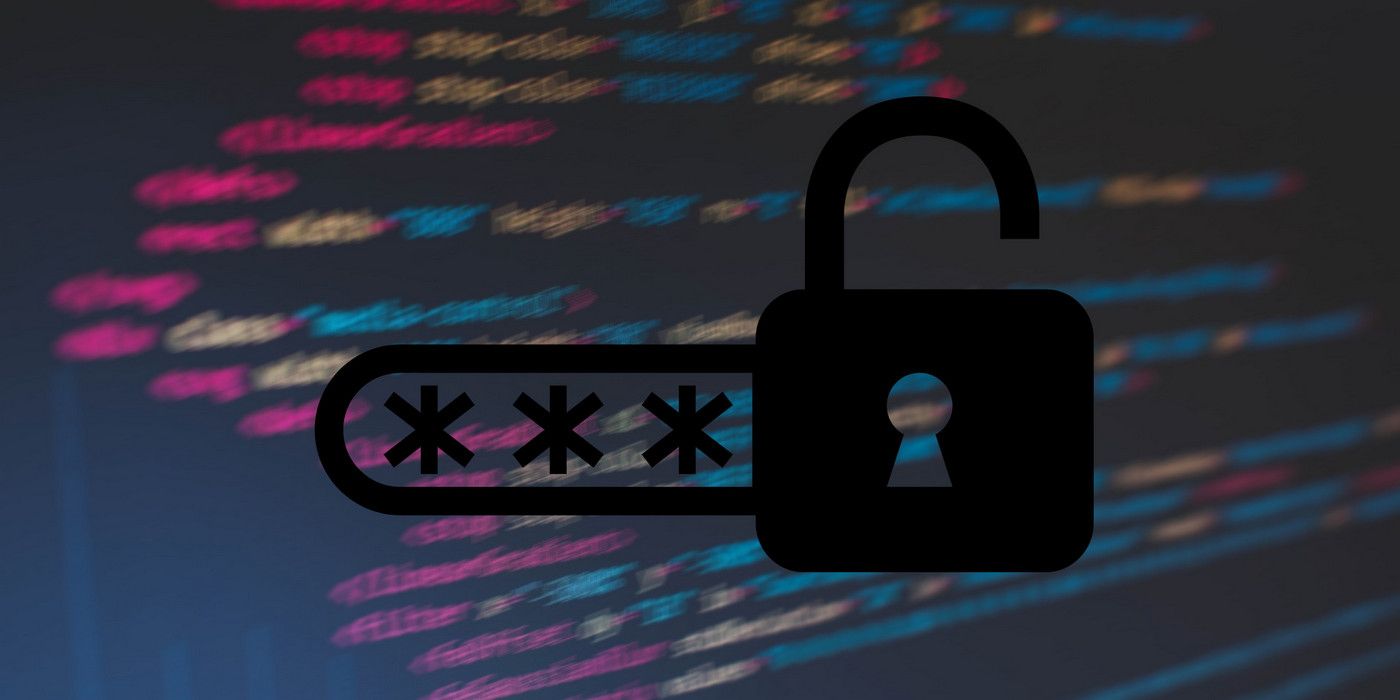Recent statistics highlight just how rampant social media scams have been in 2021 alone. However, users don’t have to add up to the already staggering losses by following simple yet effective steps that help ensure they don’t become another victim this year. Particularly crafty scams can amount to losses reaching eight-figures.
One of the most significant places for such occurrences has moved from the real world to the digital, particularly via social media. This is due to the amount of information being shared, which provides scammers with intel and opportunities, giving them a myriad of ways to reach out and lure in victims conveniently through these platforms. These types of scams not only target altruists with money to spare but also people desperate to earn more, but they all prey on one thing in common, unsuspecting social media users who are always looking for something online.
According to the Federal Trade Commission, statistics show a staggering spike in social media scams in 2021. Losses through scams have amounted to a whopping $770 million, that’s a shocking $512 million increase from 2020. Social media users between 18 to 39 are the most likely to report losses to such scams, primarily attributed to three major fraudulent activities. This includes investment scams, which accumulated the most losses at 37 percent, followed by romance and online shopping scams at 24 percent and 14 percent of reported losses, respectively.
How To Avoid Falling Victim To Social Media Scams

Investment scams are responsible for squeezing the most revenue from their victims, involving anything from fake businesses to nefarious cryptocurrency schemes. Before even considering investing in anything online, it should always be standard practice for users to research the project they’re investing in. Legitimate projects will mostly have official websites or affiliations from established companies, so always check if their site address is the right one. Use URL expanders/decoders such as urlex or expandurl to uncover any link that could redirect users to fake, unfamiliar and potentially dangerous websites. Of course, users shouldn’t take any investment advice from strangers or users impersonating people they know. Always check the username found on the address bar or profile account, not just the display name, to ensure that it’s not a bot or fake account with names consisting of random numbers and letters.
Then there are online shopping scams, which also happen to be the most significant source of loss reports among the three, likely due to their ubiquity and likelihood of luring victims. If a deal shows an item that’s suspiciously cheaper than usual, check for any promos going on. If there aren’t, it might be too good to be true, more often than not. When it comes to paying for items online, always opt for a cash-on-delivery option when available to ensure users only pay for items or food at the moment they physically receive them. Avoid using credit cards or debit cards from personal banks as much as possible. Instead, consider paying with prepaid debit cards or third-party services which don’t contain the bulk of a person’s savings, like a spare PayPal account, to prevent scammers from getting even more than what was paid for. Lastly, another popular cesspool for scams involves dating sites, but following these simple steps can shield oneself from being taken advantage of in such cases.





